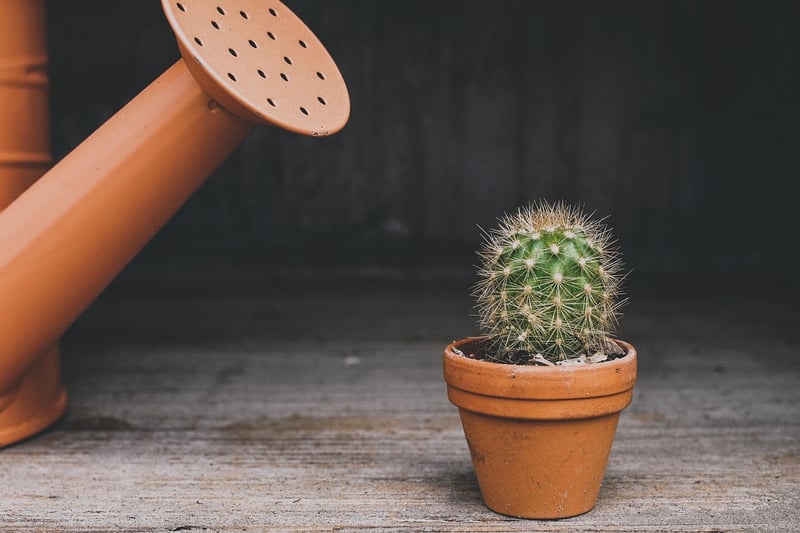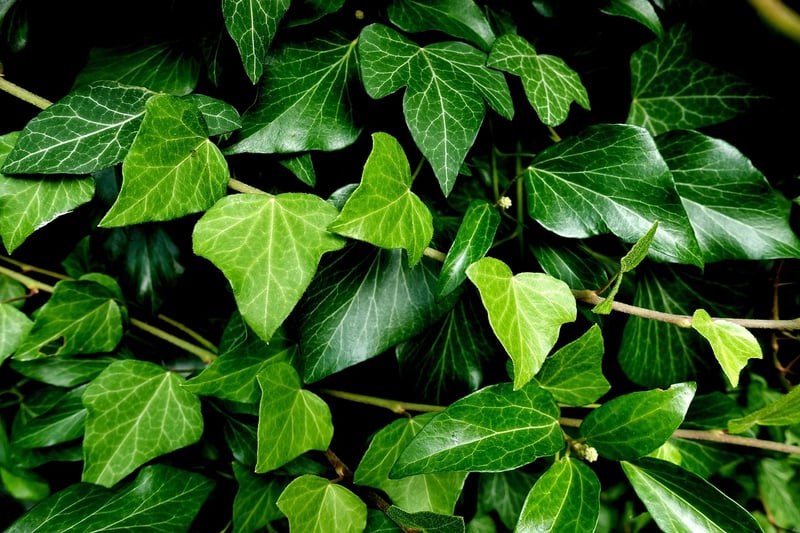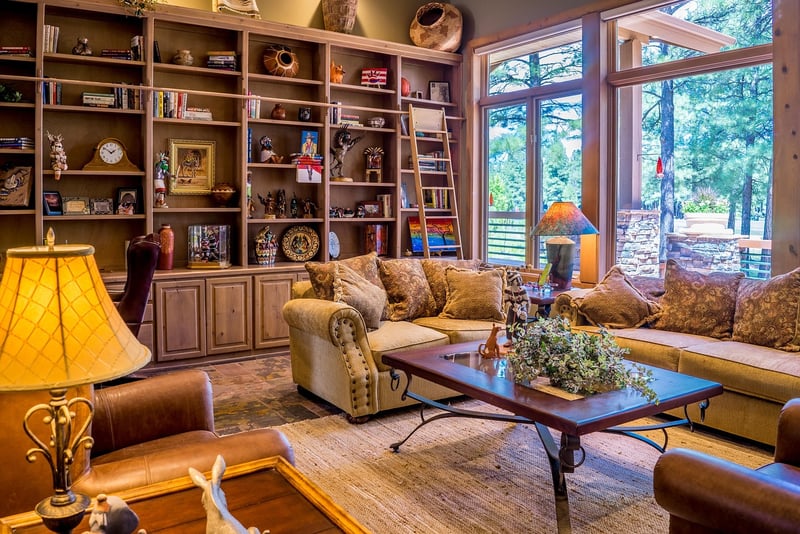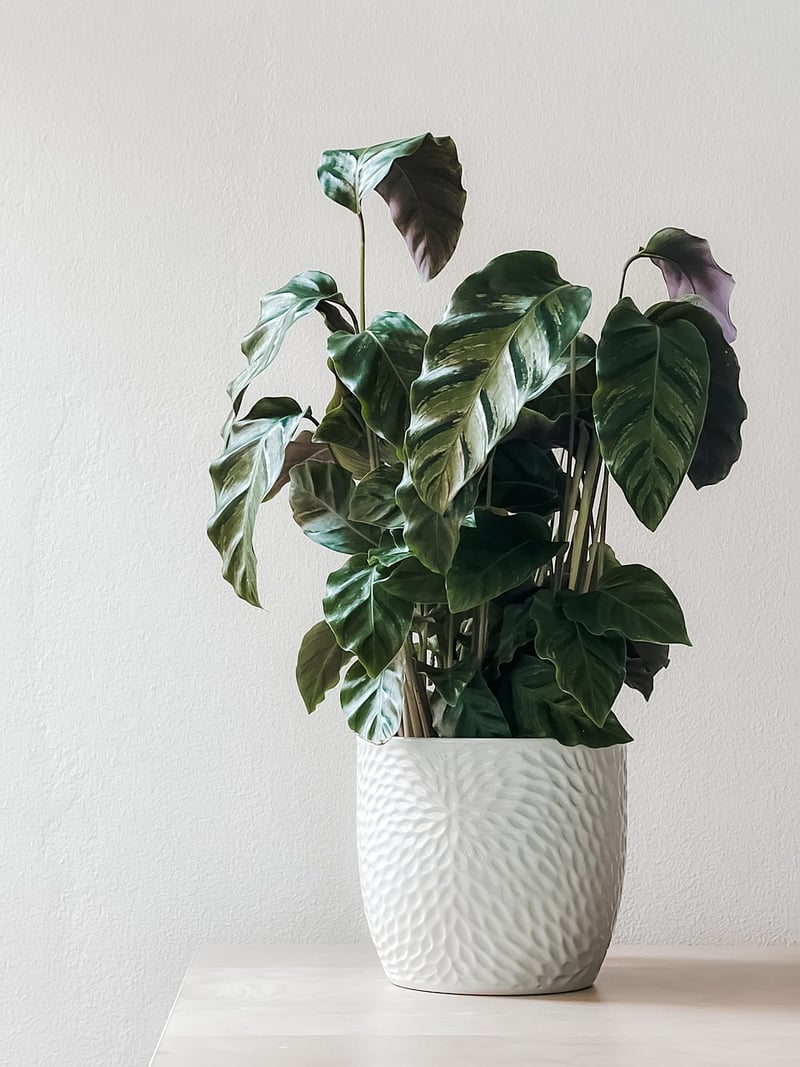Indoor Planting
Optimizing Limited Areas for Indoor Planting
Indoor planting is a wonderful way to bring a touch of nature into your home, even if you have limited space available. With a bit of creativity and the right plants, you can create a green oasis in any room. Here are some tips to help you optimize limited areas for indoor planting:
1. Choose the Right Plants
When space is limited, it's essential to choose plants that will thrive indoors and won't outgrow their containers too quickly. Look for compact varieties such as succulents, air plants, pothos, snake plants, or peace lilies. These plants are easy to care for and can adapt to various indoor conditions.

2. Vertical Gardening
Utilize vertical space by installing wall-mounted planters or hanging baskets. This way, you can enjoy the beauty of plants without taking up valuable floor space. Consider trailing plants like ivy or philodendron for a cascading effect.

3. Grouping Plants
Cluster plants together to create a lush mini garden. Grouping plants not only makes a visual impact but also creates a more favorable microclimate, as plants release moisture through transpiration, increasing humidity levels around them.
4. Utilize Windowsills
Make the most of natural light by placing plants on windowsills. Herbs like basil, mint, or parsley thrive in sunny spots and can be easily accessed when cooking. Consider adding a small shelf to accommodate more plants if space allows.

5. Creative Containers
Get creative with containers to add a decorative touch to your indoor garden. Use mason jars, teacups, or even old tin cans to plant your green companions. Just ensure proper drainage to prevent waterlogging.
6. Maintenance and Care
Regularly check your plants for water and sunlight requirements. Overwatering is a common issue with indoor plants, so allow the soil to dry out between waterings. Additionally, dust the leaves occasionally and prune when necessary to promote healthy growth.
With these tips, you can transform even the smallest of spaces into a thriving indoor garden. Happy planting!
